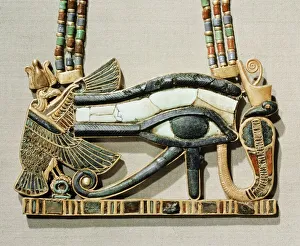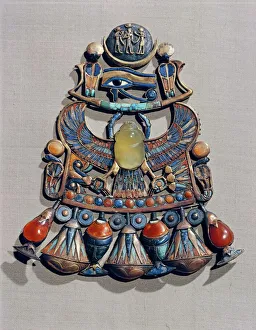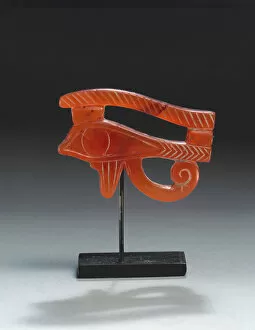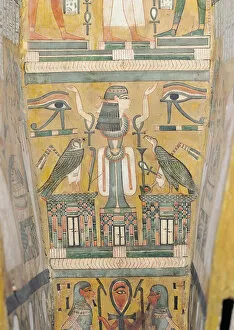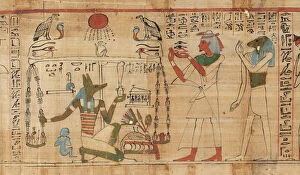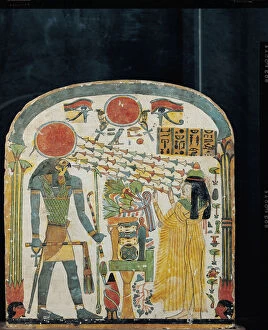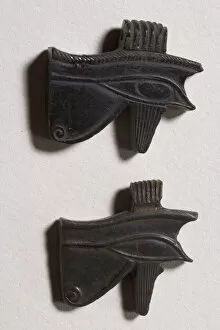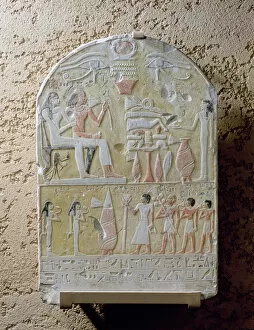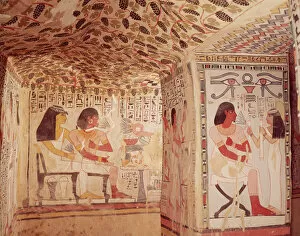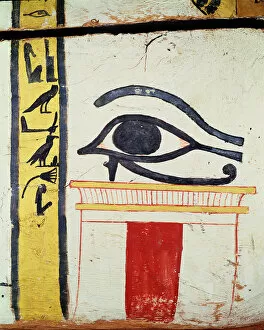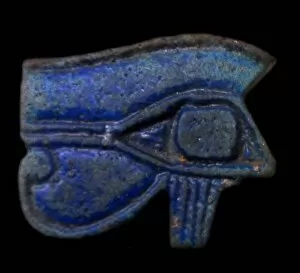Wedjet Collection
The wedjet, also known as the Eye of Horus, holds great significance in ancient Egyptian culture, and is a symbol of protection and power
For sale as Licensed Images
Choose your image, Select your licence and Download the media
The wedjet, also known as the Eye of Horus, holds great significance in ancient Egyptian culture, and is a symbol of protection and power, often depicted in various forms of art and amulets. One remarkable representation is seen in the Pectoral of the sacred eye flanked by the serpent goddess of the North. This intricate piece showcases the wedjet eye surrounded by serpents, emphasizing its connection to divine forces. Another stunning example is found in a gold cloisonné pectoral adorned with semi-precious stones and glass-paste, featuring a winged scarab alongside the wedjet eye. The combination of these symbols represents rebirth and eternal life. Cornelian was commonly used to craft wedjat eye amulets due to its vibrant red color. These small charms were believed to bring protection and ward off evil spirits. Intriguingly, the interior of Imenemipet's coffin depicts the wedjat eye, highlighting its importance even after death. This imagery served as a guide for their journey into the afterlife. The Book of Dead belonging to Aha-Mer showcases Anubis weighing souls against this powerful symbol. It illustrates how crucial it was for Egyptians to have their hearts balanced with truth before entering eternity. A beautifully stuccoed and painted wood stele from around 1000 BC portrays Lady Taperet standing before Re-Horakhty while holding two wedjat eyes. This scene signifies her devotion and seeks blessings from these deities. Obsidian-made wedjat eye amulets were highly valued for their protective properties. Their dark allure added an air of mystery while serving as guardians against malevolent forces. Tembu's funerary stele made from painted limestone features detailed engravings depicting scenes related to death rituals along with prominent placement of multiple wedjat eyes - ensuring safe passage into another realm.

